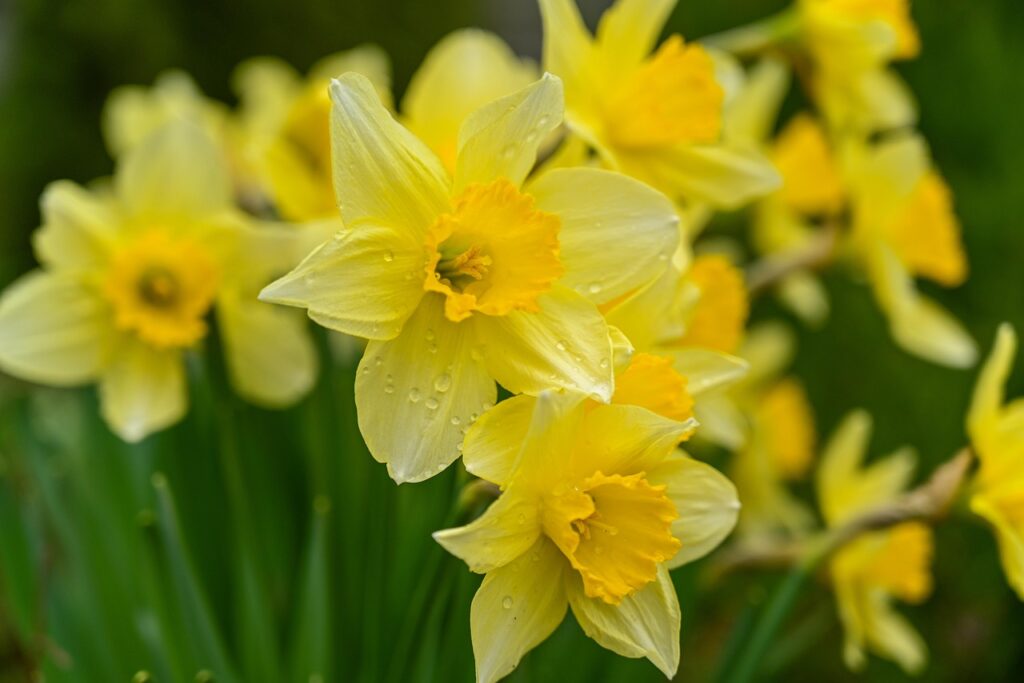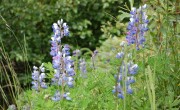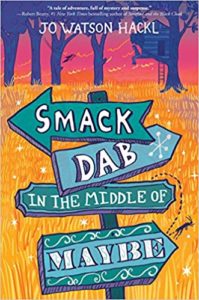
Spring comes each year with a predictable rhythm. Are your children or students feeling the drumbeat of its approach? Rather than letting spring fever take over, channel their excitement into observation of the outdoors.
If you have a consistent commute with kids in the car, begin by pointing out the blooming flowers, shrubs, and trees you see along the way. Encourage your kids to join in by turning it into a game. Who can find the next yellow flower? Is there a pink blooming tree along our route? Next, players earn points for features that appear on their side of the car. For example, one point for each daffodil they count and ten points for each blooming tree. Engage kids by creating the rules together. Let the game take on a life of its own!
If you are in a classroom, consider playing Bloom Bingo. Here’s how:
- Create a list of 9-12 plants that bloom in spring in your area. Ideally, the list should include both early and late-spring blooming plants. Some possibilities to get you started: azalea, blue star, bloodroot, camellia, clover, crocus, daffodil, dandelion, forsythia, hyacinth, iris, Lenten roses, lilac, redbud, snowdrop anemone, trillium, tulips, and violets.

- Write the list of plants on your board and explain the rules of Bloom Bingo: each week, each child can fill in nine of the plant names on a 3-row, 3-column blank bingo card. The child chooses the plants and their placement in the bingo card. Each day, children look for blooms outdoors that match their card choices and mark their bingo card with the place where they observed the flower. The first child to have a diagonal, horizontal, or vertical bingo pattern wins that week’s game. Continue play throughout the spring.

Be sure to allow time for children to research their choices. As they do this, they can learn about your local climate, temporal order, and how to predict patterns. In addition, the game invites children to spend more time outdoors observing the way the landscape changes through the season.
Written by Suzanna Greer










